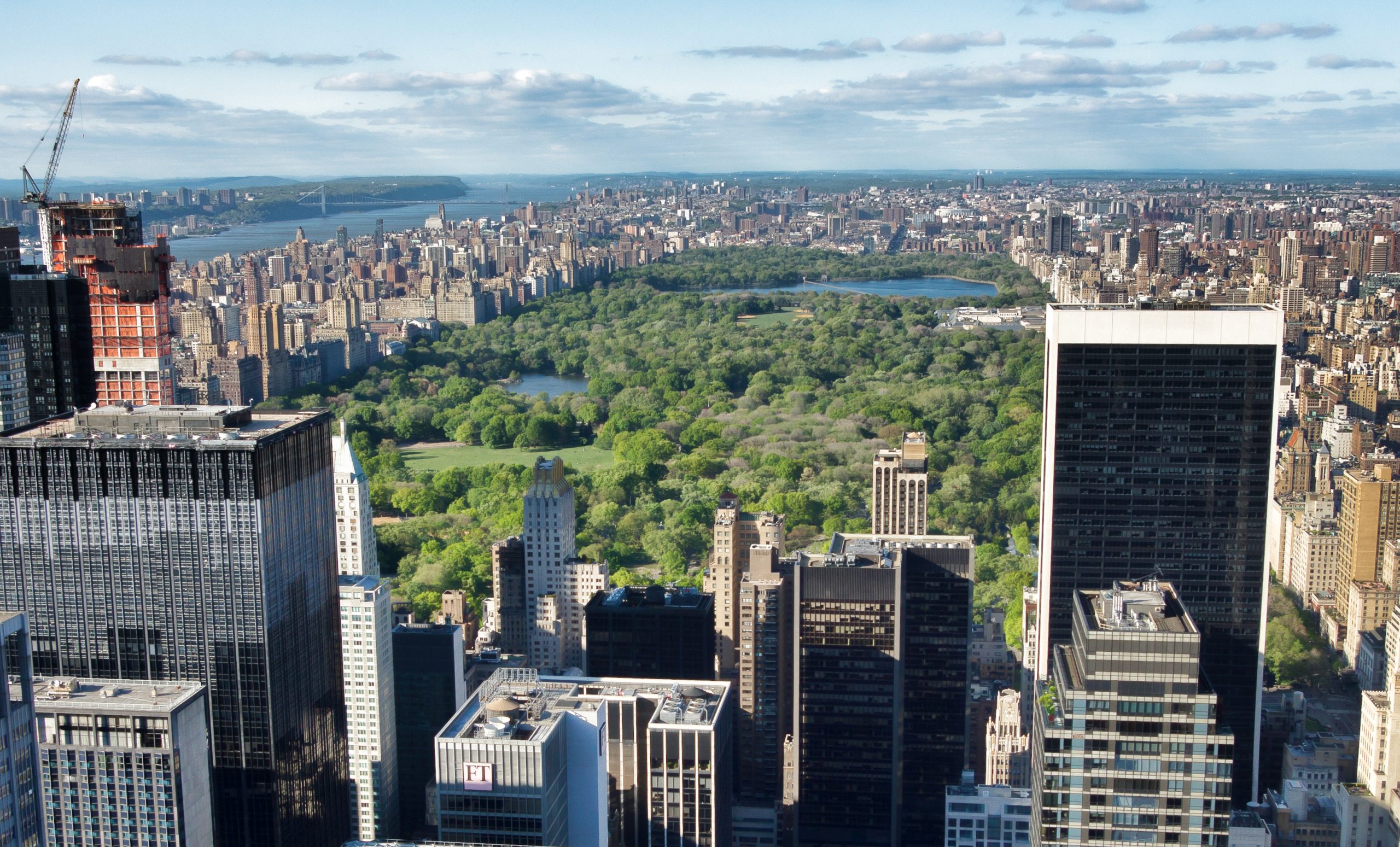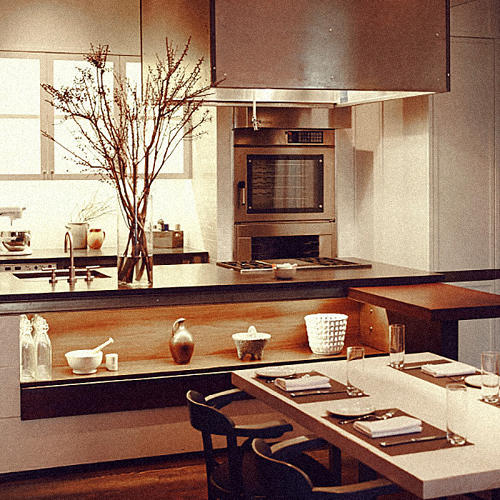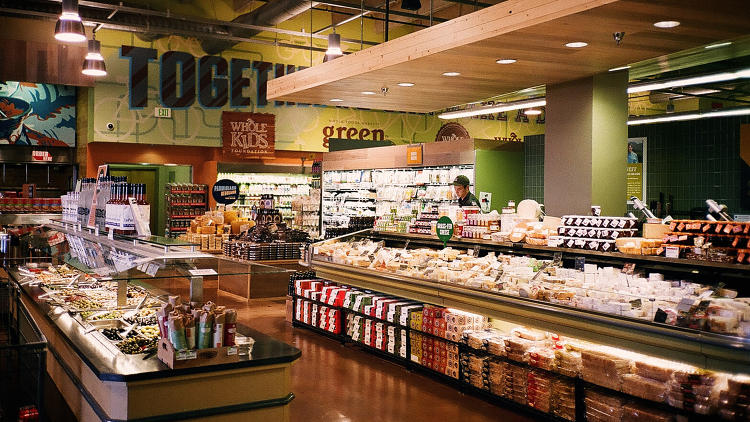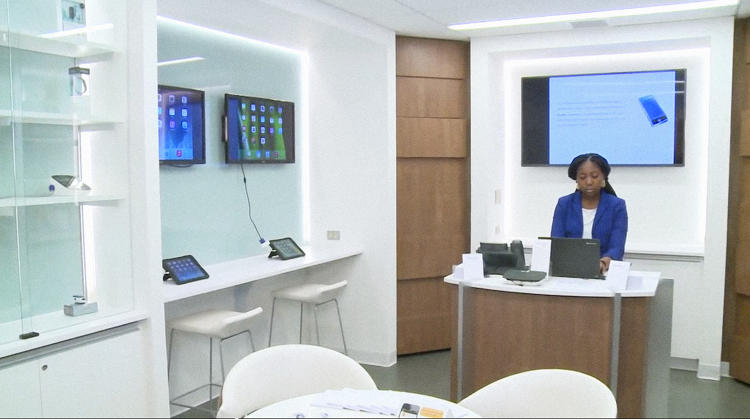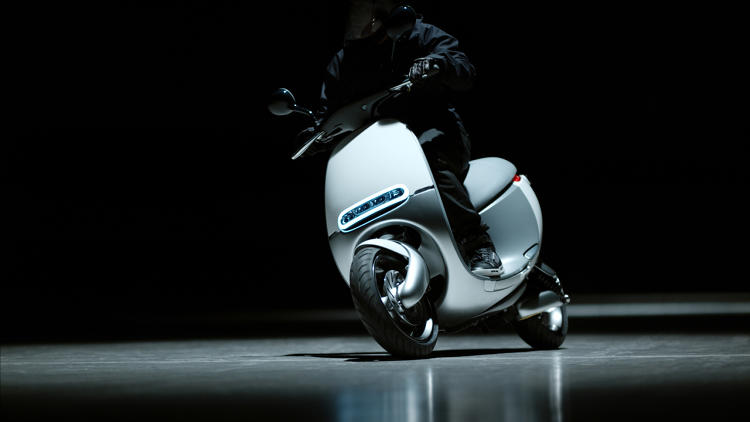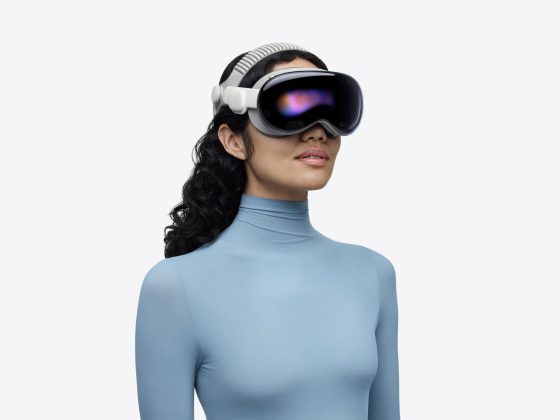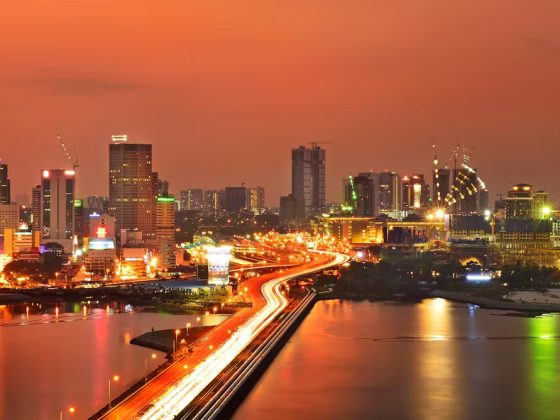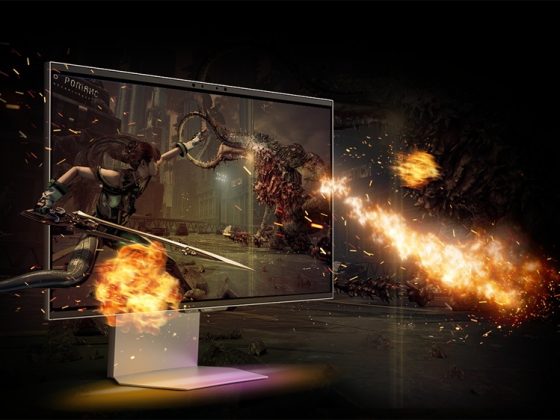Cities are the future. By one oft-cited statistic, 70% of the world’s population will live in urban areas by 2050. But chances are, the cities of the future won’t look quite like the places where we live today.
It’s up to designers—architects, urban planners, interior designers, and more—to ensure that the people-packed cities of the future are livable, prosperous, healthy places. We asked a handful of design experts how urban life is changing, and what life in cities will look like in the new year. They delved into how the design of housing, retail, food, transportation, and more are altering the experience of urban life in 2015. Here are some of the major trends:
THE SHARING ECONOMY WILL APPLY TO HOUSING, TOO
“As has been well documented, younger generations have for both economic and social reasons become accustomed to sharing cars, apartments when they travel, and other assets over which they prefer exchange to ownership,” says Vishaan Chakrabarti, a partner at SHoP Architects and a professor at Columbia University. “As a consequence of these forces, we will likely soon see the legalisation of new forms of cooperative housing in which an individual may rent or own a private bedroom and bath as part of a larger complex with communal kitchens, workspaces, and recreational facilities,” he predicts.
In architectural terms, that means more multi-family housing. The line between public and private space is already blurring in designs like SsD Architecture‘s micro-housing project in Seoul, where tiny apartments are offset by more common spaces. “Instead of being disappointed that the married with three kids model is disappearing, we can embrace new forms of ‘family,’ based on shared activities, collaborative work spaces, and a finer grain understanding of public and private space,” SsD’s Jinhee Park and John Hong say.
RESTAURANTS WILL DOUBLE AS LIVING ROOMS
Living in smaller homes will mean seeking out new spaces to socialise and eat. “As cities get denser, space gets tighter, and homes get more compact, neighborhood restaurants will become adjunct living rooms, says David Rockwell, a New York-based architect who’s well-known for his restaurant design, including the Nobu restaurants and his latest, the Chefs Club by Food & Wine.
However, for those with homes big enough to play host in, the restaurant might come to you, too. Rockwell notes that in the era of Instagram-fueled brunches, “there’s probably a future in ‘home’ restaurants,” where “people can create their own temporary dining event, from the look and feel of the space to the menu to the presentation of the food. Design will become much more of the moment and ephemeral.”
YOUR OFFICE WILL LOOK LIKE A LIBRARY
It’s never been easier to work outside the office, a phenomenon that’s changing how we design offices themselves. The cubicle is out, and the library-style workspace is in.
David Galullo, the CEO and principal of Rapt Studio, explains that “People are expecting similar kinds of spaces that they find at home in the workplace.”
That means more sofas, cafe tables, standing work stations, and quiet alternatives to your desk. Galullo says that while one-quarter of his furniture budget used to be allotted to so-called “ancillary” spaces like these, compared to three-quarters for cubicles and traditional workspaces, the ratio has flip-flopped.
[infobox]Companies are now realising that having a lounge space where employees can meet for a few minutes with their team or escape a coworker’s noisy phone call is no longer a perk – it’s a productivity necessity.[/infobox]Expect your office to be far more conducive to focus-oriented tasks. Denise Cherry, a principal and director of design at Studio O + A, the go-to interior design firm for Silicon Valley startups like Uber, Square, and Yelp, agrees that now offices have become less than strictly necessary, designers are shifting how they think about workspaces. “If you can now work from anywhere, what value does an office have?” she asks. “It becomes less about a desk and a task chair and more about connecting people, sharing ideas, or even focusing.”
Companies are now realizing that having a lounge space where employees can meet for a few minutes with their team or escape a coworker’s noisy phone call is no longer a perk—it’s a productivity necessity.
“You’re also seeing an incredible shift towards considering concentration and focused work,” Cherry says. “For too long the pendulum swung towards the direction of collaboration and I think 2015 finds itself moving a little more towards the center. Give people places to concentrate as well as collaborate.”
THE BIG BOX STORE WILL BE ON THE BLOCK, BUT YOU WON’T NEED TO GO
When you leave the office and walk down the block, chances are you’ll see a lot more stores that aren’t normally associated with downtown living: your Bed Bath & Beyonds,Targets, and Walmarts. Big box retailers aren’t just for suburbs anymore.
But Paco Underhill—the author of Why We Buy: The Science of Shopping and the founder of commercial behavioral research firm Envirosell—says that this increase in urban retail from large corporations won’t be at street level. “What we’re looking at is the small footprint on the main street, and then driving traffic drown into cheap sub-basement space,” he explains. “Part of what that has done is to allow the Big Box to exist in the context of the urban setting.”
And soon, more of our shopping will become automated. As kitchens get smarter, your refrigerator will know you’re out of yogurt and coffee, and place the order for you. “If I look at my refrigerator, virtually everything that’s in it is the same stuff I order is the same stuff I order week in, and week out. Why should I have to go to a store?” he says. Appliance makers are “looking at the future of the smart home and the smart kitchen in which our kitchens do some of our shopping for us,” a trend that will catch probably catch on in big cities first—where busy professionals don’t come home often, but have a doorman to receive deliveries.
YOUR HEALTH WILL BECOME A RETAIL PRODUCT
Robin Guenther, a principal at Perkins+Will (one of the world’s biggest architecture firms), says health care is increasingly becoming a part of the retail landscape. She points to a new hospital storefront in New Jersey designed in the style of Apple’s Genius Bar, as well as the proliferation of walk-in health clinics.
And designing for health isn’t just a hospital issue anymore, it’s universal. According to Geunther, “we are now recognizing that designing for health permeates every design decision, from the selection of building materials to the arrangement of space to the placement of buildings in urban environments—all of these decisions impact both human and ecological health. We are also seeing a huge shift in urban infrastructure to support rather than degrade ecosystem health; digging out urban streams, reactivating long disturbed watersheds, etc in the recognition that the health of people and the planet are intertwined.”
INFRASTRUCTURE AND TRANSPORTATION
America has an infrastructure problem; one that became increasingly apparent last year. From crumbling subways to a major deficit in highway funding to antiquated gas lines, we have failed to maintain the physical structures of our cities. The American Society of Civil Engineers gave the country a D+ grade in its annual report of American infrastructure.
In May, the Highway Trust Fund will run dry if no new legislation is passed. “If they continue to ignore the elephant in the room, then Americans will continue to pay for it in other ways, such as repairing cars damaged by poor roads and treated drinking water lost to leaks and breaks,” says ASCE president Robert Stevens.
But Stevens believes new technology can help us get more out of the infrastructure systems we already have in place. “It can be things as simple as smart parking systems that tell you where to find open parking spaces, synchronizing traffic lights and reuse of water. Los Angeles recently completed coordinating the city’s 44,000 traffic lights, which reduced travel times by 12%, saved fuel, and reduced emissions,” he says.
Matt Harrison, head of strategy at the London-based Seymourpowell, voices similar sentiments. Innovation in transportation and infrastructure tends to be exceedingly slow because of the city-wide and inter-city scale it has to work on, but a wave of internet-connected services have changed all that in recent years.
[infobox]So go ahead and buy that ridiculous-looking, super-sustainable go-cart. Everyone else will have one too.[/infobox]“There’s been a recent burst of innovation in finding new ways to organise and navigate the existing infrastructure,” Harrison says. “Bike rental and vehicle sharing schemes help to minimize the number of parked and idle vehicles. Taxi services like Uber and Hailo connect drivers and passengers more effectively. Apps like Waze improve traffic flow.”
Harrison also predicts that vehicles which once looked alien on the street will start to seem a bit more business-as-usual. He points to the Gogoro Smartscooter, which made a splash with its debut at this year’s Consumer Electronics Show with its two-wheel, electric-powered design. “2015 could also see a few more baby steps towards the normalization of smaller vehicles,” like electric and smart cars, “Smart cars and Twizys [an electric car] raise fewer eyebrows now than they used to and micro cars are gradually being recognized as more effective ways to get around tightly packed cities.” So go ahead and buy that ridiculous-looking, super-sustainable go-cart. Everyone else will have one too.
This article originally appeared in Fast Company.
